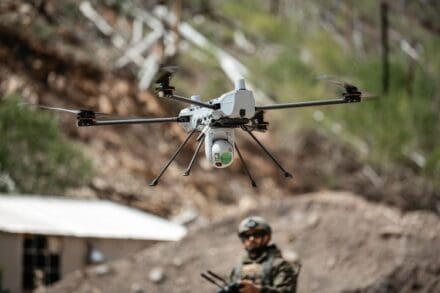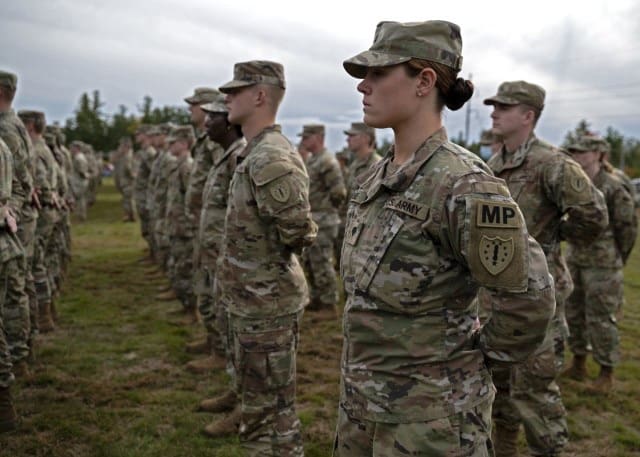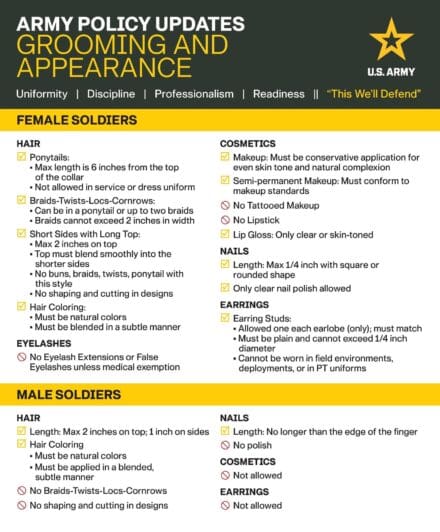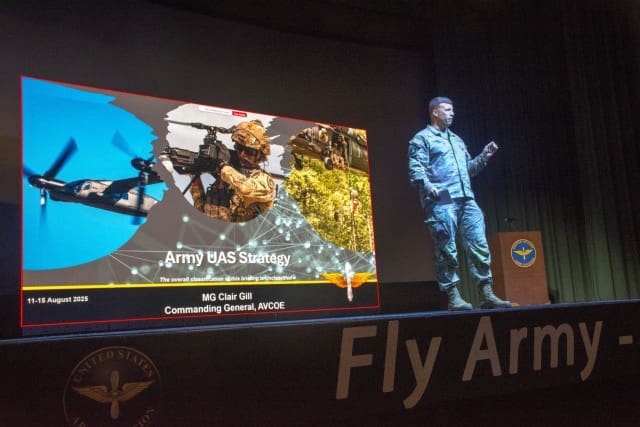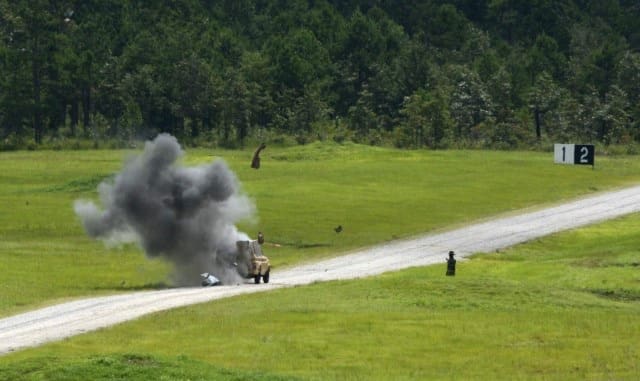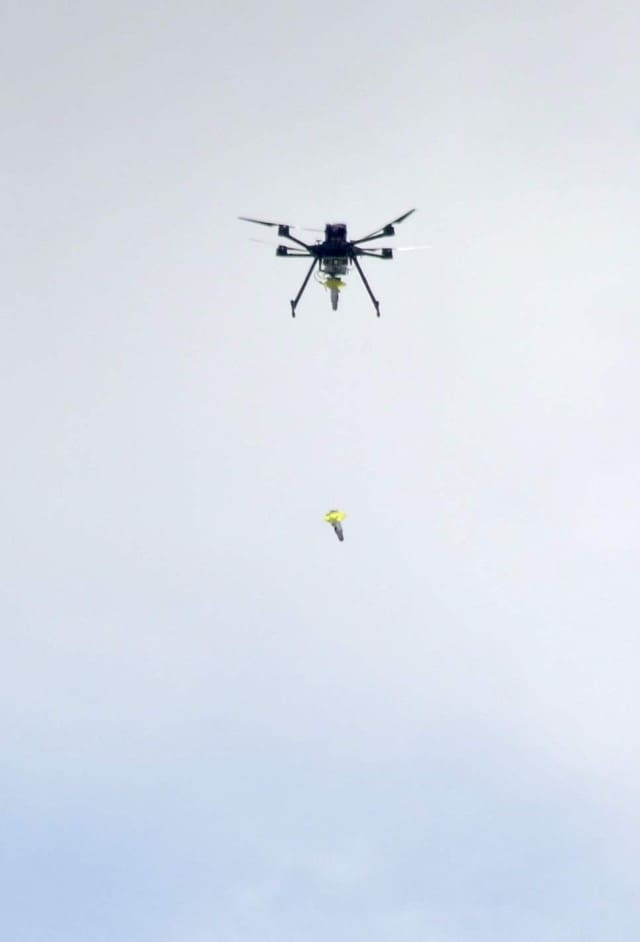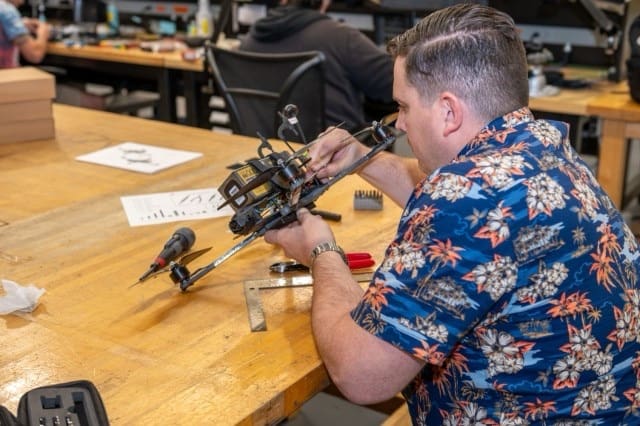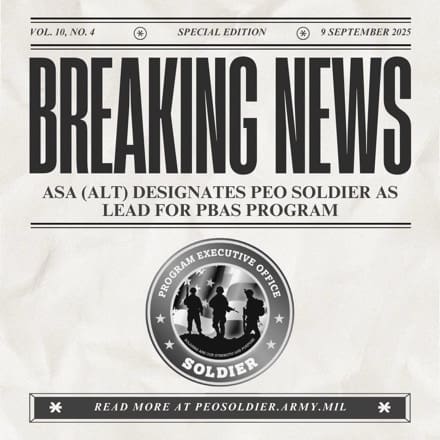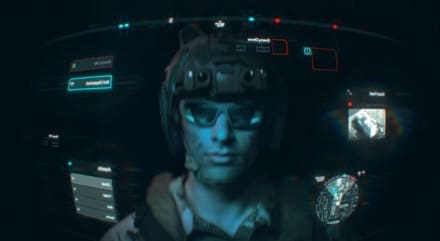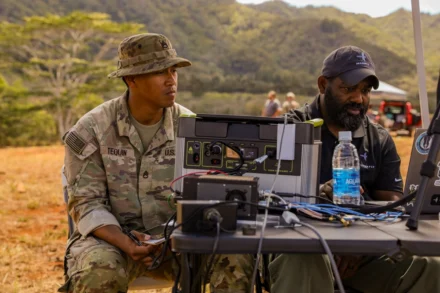
Schofield Barracks, HAWAII – Soldiers from the 25th Infantry Division are testing innovative electromagnetic support systems to strengthen the Army’s ability to adapt and operate in the Pacific Theater. Partnering with industry experts through the Army’s X-Tech program, Tropic Lightning Soldiers are experimenting with emerging technology that promises to enhance battlefield awareness, reduce risks to troops, and advance multi-domain operations.
Staff Sgt. Clark J. Tequin, an electromagnetic warfare specialist assigned to the Multifunctional Reconnaissance Company, 2nd Brigade, 25th Infantry Division, emphasized the importance of this technology for future operations.
“The Army functions in multi-domain operations, and this is part of the cyberspace and electromagnetic spectrum,” Tequin said. “This allows us to fight in multiple domains throughout the battlefield. As we move forward in the Pacific, we need these types of technologies to help troops understand and have better situational awareness of the overall battlefield.”
This focus on adaptability demonstrates how the division is preparing for the challenges of modern warfare in a dynamic environment.
The tested system enables Soldiers to detect enemy activity without direct contact—giving commanders an edge in planning and protecting their forces.
“Systems like this allow us to create a baseline on the spectrum and understand what type of signatures might be out on the battlefield—what our enemies are using and how we can exploit those signatures,” Tequin explained. “For example, if our opponents use radios, we might be able to detect those specific radios and exploit their communication and other equipment.”
By developing the ability to see, sense and exploit adversary activity, the division strengthens its Lethality across multiple domains.
Working with industry partners is a key element of the division’s modernization efforts.
“It’s a good way forward as 25th Infantry Division continues to experiment with different technologies and really push the envelope on adapting to modern warfare,” Tequin said. “This is part of that multi-domain operation.”
This partnership reflects how we connect, communicate, and integrate partners as members of one team, showcasing how Soldiers and civilians can collaborate to develop solutions that directly enhance the warfighter.
That collaboration highlighted by Jessica Stillman, an X-Tech program manager, who explained the value of putting technology directly into Soldiers’ hands during first stages of development.
“It means that we are getting technology into the hands of the Soldiers early on and giving companies an opportunity to get feedback on the technology they’re developing,” Stillman said. “That way, they can iterate on it and ensure that it’s ready for field testing and ready for when it’s needed.”
Stillman noted that events like this bring both Soldiers and technical experts together, providing balanced insight.
“It brings together not only Soldiers, but also the technologists to really look at how the technology performs,” Stillman said. “It’s valuable to see what it looks like when the Soldier is using it in the field, and what it looks like from a technical or scientific perspective to ensure that the technology is actually going to work.”
Stillman’s comments reinforce the division’s value in partnerships —bridging industry and military expertise to accelerate innovation.
Sgt. Brock A. Gossling added that adaptability remains at the core of these efforts.
“Testing capabilities like this reflect that mindset because systems like these have to be adaptable and go after whatever the 25th Infantry Division has in front of them,” Gossling said. “We have to be able to use these systems and go after any targets in any area.”
Beyond adaptability, one of the fundamentals focuses on protecting Soldiers while accomplishing the mission. Gossling explained how electronic support systems enhance safety.
“Electronic support systems like these are important because they provide commanders with early warning and threat detection, so they have a better understanding of their awareness,” he said. “It also allows commanders to understand their income levels and limit the signature they output.”
This speaks directly to managing risk, ensuring that commanders can make informed decisions while minimizing risks to their troops, people, and mission.
Stillman emphasized that this is just the beginning of the Army’s partnership with X-Tech.
“This is the first experimentation that X-Tech is doing—not the last,” she said. “We have several more coming up, and Army senior leaders continue to ask how we can rapidly identify technology and get it into the hands of Soldiers. That is exactly what we will be doing in the months ahead.”
Tropic Lightning Soldiers are testing new electromagnetic support systems to sharpen Lightning Discipline and keep the division lethal and ready. By working with industry partners, leaders show Initiative and Agility to adapt faster than adversaries in the Pacific. And by connecting Soldiers with civilian experts, the division Strengthens Soldiers and Community, ensuring trust and readiness remain at the core.


